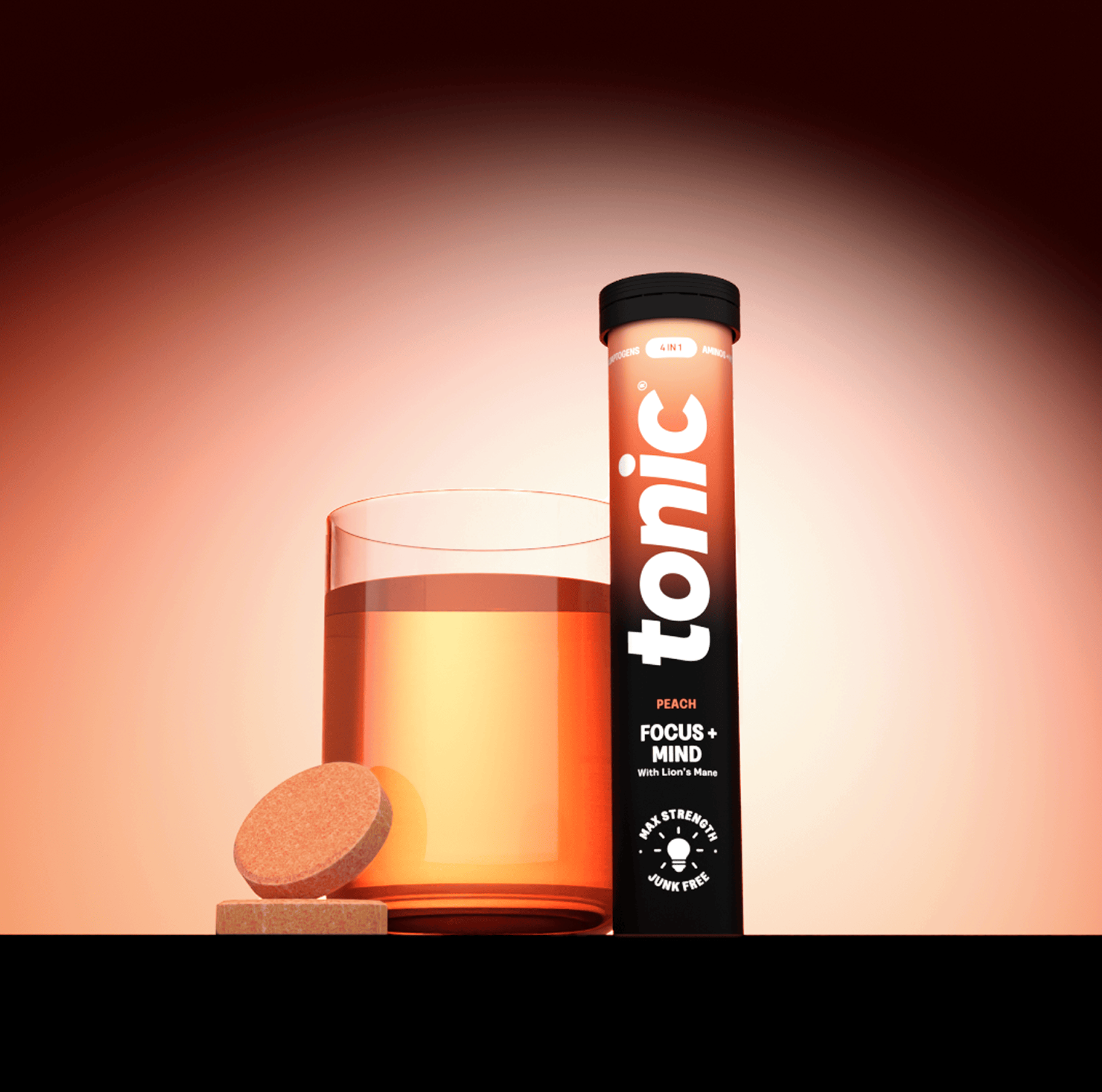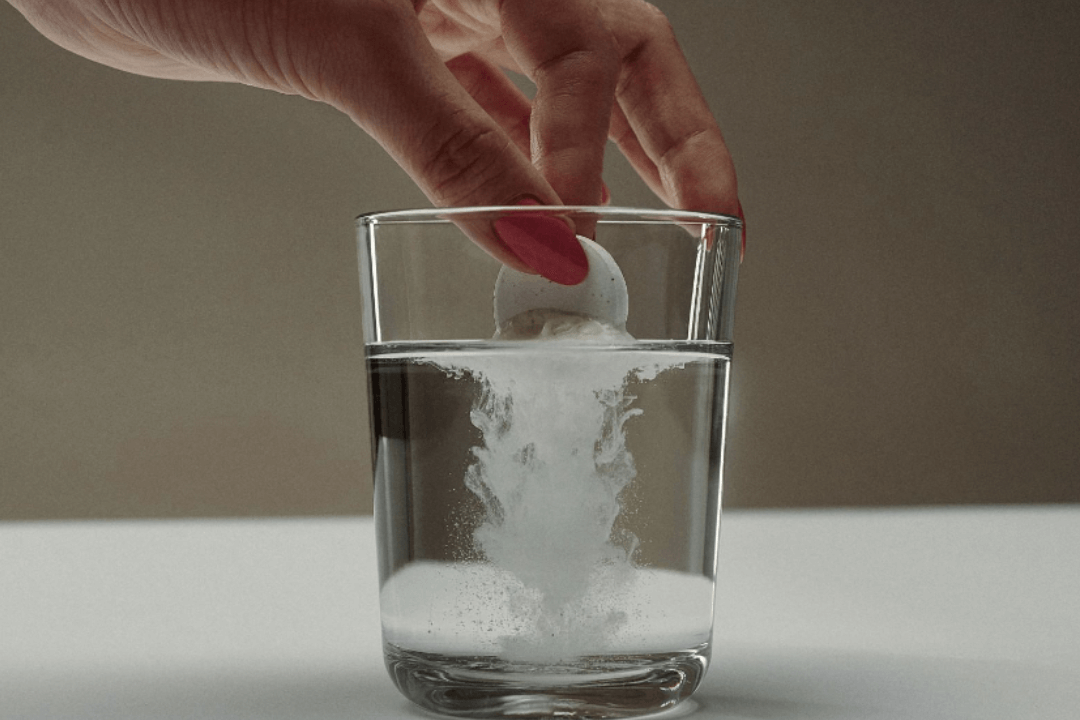By Natalie Louise Burrows, Nutritionist and Clinic Director at Integral Wellness
What Is Hay Fever?
Hay fever occurs when your immune system reacts to pollen allergens in the air. These allergens come from various sources such as grass, trees, plants, and mould. With milder winters and warmer, drier summers becoming more common, hay fever season begins in the early spring and continues into late autumn.
Now to go into the science side of things for our inner geeks. Hay fever sufferers essentially have immune systems that trigger an immune response when exposed to pollen. In other words, when pollen comes into contact with a person who suffers from hay fever through the eyes, nose or mouth, immune cells recognise this as a pathogen and releases a chemical compound called histamine. And histamine is what causes the nasty symptoms that include sneezing, runny nose, itchiness and eye soreness.
The dreaded hay fever season returned in March and will be here to stay until summer ends in September. This seasonal allergic reaction can make some people dread certain months of the year, depending on what the trigger is:
- Tree pollen – from late March to mid-May
- Grass pollen – mid-May to July
-
Weed pollen – end of June to September
Suffer in the autumn? Think mould, not pollen! The conventional treatment is to take an antihistamine daily or consider an annual hay fever vaccination. But what if you’re done with the yearly pill-popping when symptoms arise?
There’s no doubt that histamine is a challenge to deal with, yet nothing in health is unworthy of deeper exploration into why you experience issues in the first place.
Ready to learn more about histamine and explore alternative approaches to managing—or even eliminating—it?
What Is Histamine?
Histamine is a naturally occurring chemical that the body creates to support various processes, including immune response, digestion, and brain function.
Most of the time, histamine is produced and cleared by the body without us even noticing. Sometimes, we experience it in expected ways, such as swelling after a bite or sting. However, for some people—often annually—histamine presents as hay fever, an allergic reaction to pollen.
Common hay fever symptoms include:
- Runny nose
- Sinus congestion
- Red, itchy, or watery eyes
- Swelling (eyes, lips, throat, tongue)
- Itching
- Cough
Lesser-known symptoms of high histamine:
- Fatigue, disrupted sleep, insomnia
- Diarrhoea, nausea, reflux, bloating, gas
- Irregular or fast heart rate, shortness of breath
- Headaches, brain fog, vertigo, anxiety
- Menstrual pain, PMS, heavy periods
- Easy bruising, eczema, hives
- Excessive urination, overactive bladder
- Joint pain and aches
Are High-Histamine Foods a Problem?
Histamine is found in many foods—and that can be surprising. Even more confusing is the lack of agreement on what foods are high, moderate, or low in histamine.
Here are the top 12 histamine-rich foods to watch out for, especially if you’re suffering from hay fever:
- Chocolate/cacao
- Coffee
- Alcohol
- Leftover foods
- Fermented foods (pickles, kimchi, kefir)
- Aged/smoked meats and cheeses
- Dried fruits
- Citrus fruits
- Bananas
- Avocados
- Strawberries and raspberries
- Nuts
Histamine sensitivity isn’t an intolerance—it’s a case of too much production and not enough clearance, creating a “full bucket” scenario that overflows into symptoms like a runny nose and streaming eyes.
It’s not about cutting these foods out forever—just reducing them while you investigate why your body isn’t clearing histamine properly.
The Gut’s Role in Histamine Issues
The gut is crucial in both the production and breakdown of histamine. Certain gut bacteria produce histamine.The gut lining supports the production of DAO (diamine oxidase)—an enzyme essential for breaking it down. Gut damage or inflammation (often from stress or alcohol) reduces DAO activity and increases histamine levels. Some people have genetic SNPs (gene variations) that limit DAO production—even with a healthy gut.
If there’s intestinal permeability (leaky gut), food particles can escape into the bloodstream and trigger immune responses—resulting in histamine-driven symptoms like diarrhoea, bloating, or discomfort. The liver might need some love.
The liver is your primary detox and clearance organ. It produces enzymes like histamine-N-methyltransferase that help break down histamine. But if your liver isn’t functioning optimally—due to poor metabolic health, fatty liver (non-alcoholic), or chronic stress—these processes slow down.
Tip: Itchy skin is a classic sign your liver may need support.
Tackling Histamine
Histamine isn’t something your body is intolerant to—it’s essential. The issue is usually overproduction and poor clearance.
Long-Term Support:
Identify your drivers. Does your gut or liver need extra care? Addressing these foundational areas can bring long-term relief.
Short-Term Relief – Focus on Histamine-Clearing Foods:
- Apples (with skin) and red onions – high in quercetin
- Blueberries, pomegranates, bell peppers, broccoli, watercress – rich in vitamin C
- Ginger, thyme, turmeric – anti-inflammatory and histamine-inhibiting
- Nettle tea – helps clear histamine
- Elderflower tea – inhibits histamine release
Top 5 Supplements to Support Histamine Breakdown:
- Vitamin C
- Magnesium
- Zinc
- Quercetin
- DAO enzyme
To support your supplement routine, I recommend:
Tonic Health Daily Immunity – a great source of vitamin C to support histamine breakdown and immune health
Tonic Health Rest & Recover – ideal for increasing magnesium intake with 300mg of Elemental Magnesium
A Few Extra Things Worth Mentioning
Puberty, PMS, and menopause – These hormonal shifts often increase histamine sensitivity due to its close relationship with oestrogen. Support your gut and liver—they’re vital for hormone regulation and clearance.
ADHD – Histamine also acts as a neurotransmitter. When it builds up, it can disrupt brain chemistry and exacerbate ADHD symptoms—a connection that’s often overlooked.
Final Thoughts
Good luck this hay fever season—I hope these tips help you feel more in control of your health and more in tune with what your body needs.
-
Natalie Louise Burrows is a registered nutritional therapist (BANT, CNHC) and clinic director at Integral Wellness, a nutrition and health clinic specialising in cardio-metabolic health. Along with her clinic team of nutritionists, they help men and women regain their energy, control their cravings and avoid and reverse type 2 diabetes. They also address health conditions such as high blood pressure, high cholesterol, insulin resistance, fatty liver and heart disease, and weight challenges.







Leave a comment
All comments are moderated before being published.
This site is protected by hCaptcha and the hCaptcha Privacy Policy and Terms of Service apply.